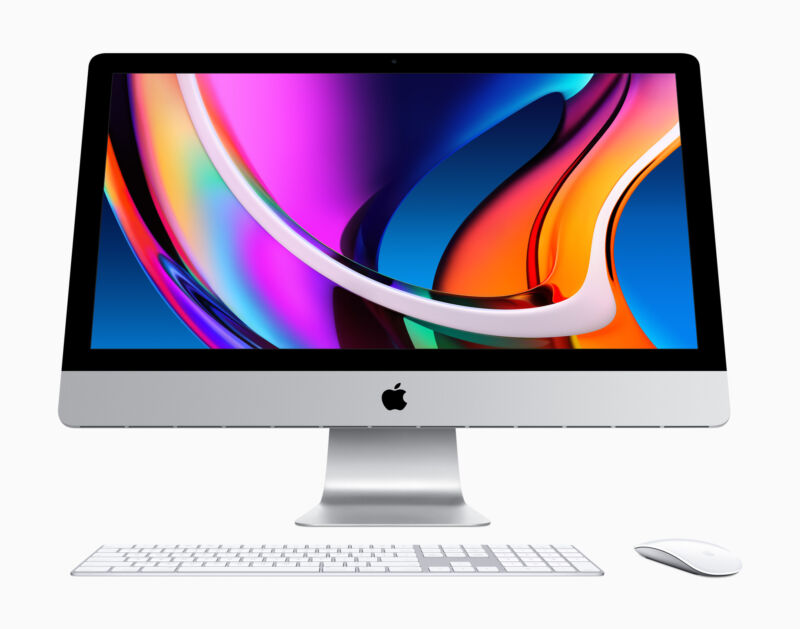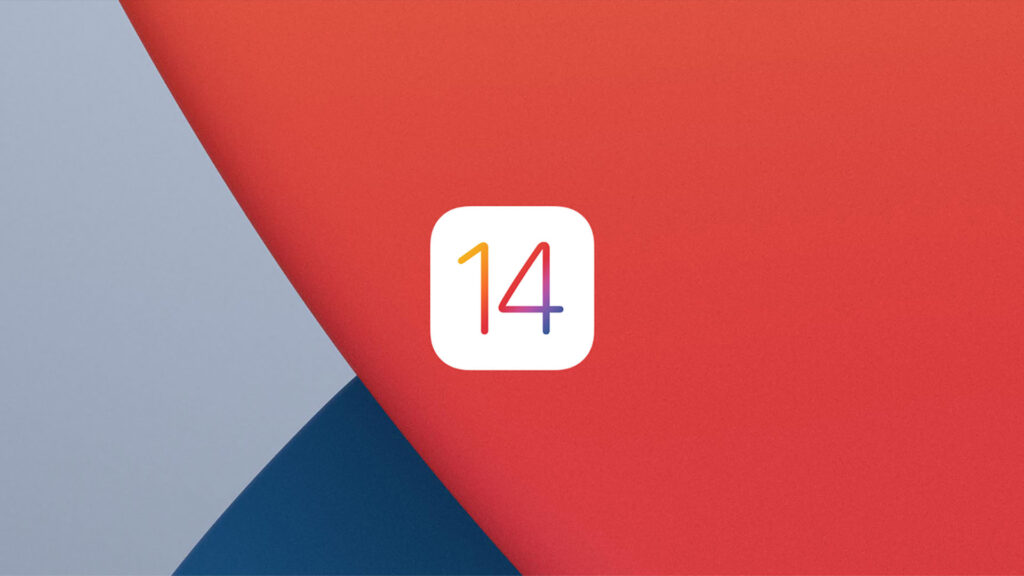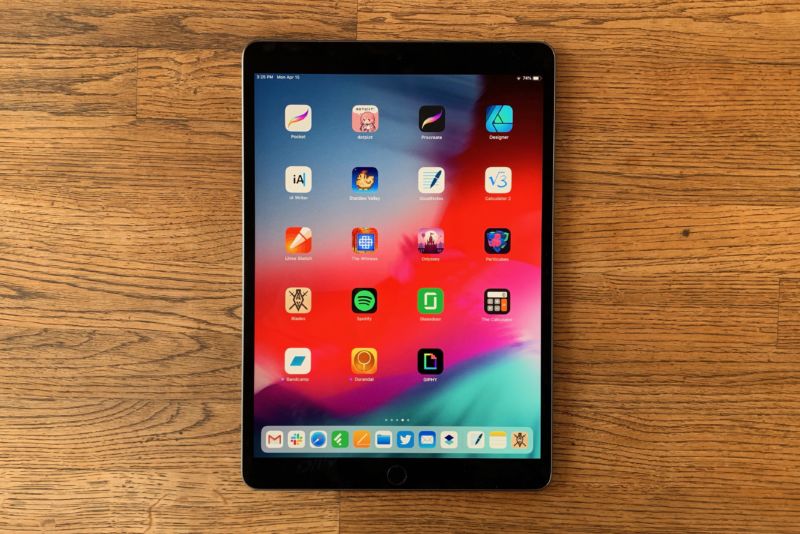-
 chevron_right
chevron_right
2020 27-inch iMac review: A classic Mac for the end of an era
Samuel Axon · news.movim.eu / ArsTechnica · Thursday, 13 August, 2020 - 12:00

The front of the 2020 27-inch iMac. [credit: Samuel Axon ]
It’s a weird time to be in the market for a new Mac. Earlier this summer, Apple announced that it will begin rolling out Apple Silicon —its in-house-designed riff on ARM processors as seen before in the iPhone and iPad—to the Mac product line. That marks a seismic shift in direction for the Mac.
But the company also said it would be releasing new Macs that use Intel’s CPUs—the more traditional choice for desktop and laptop computers—in the future and supporting Intel-based Macs for years to come.
Enter the new 27-inch iMac, announced just a couple of weeks ago. It’s the first new Mac product since the Apple Silicon announcement, and it’s a refresh for one of the company’s most iconic and popular products—one that’s been falling behind the rest of the Mac lineup for a while now.








